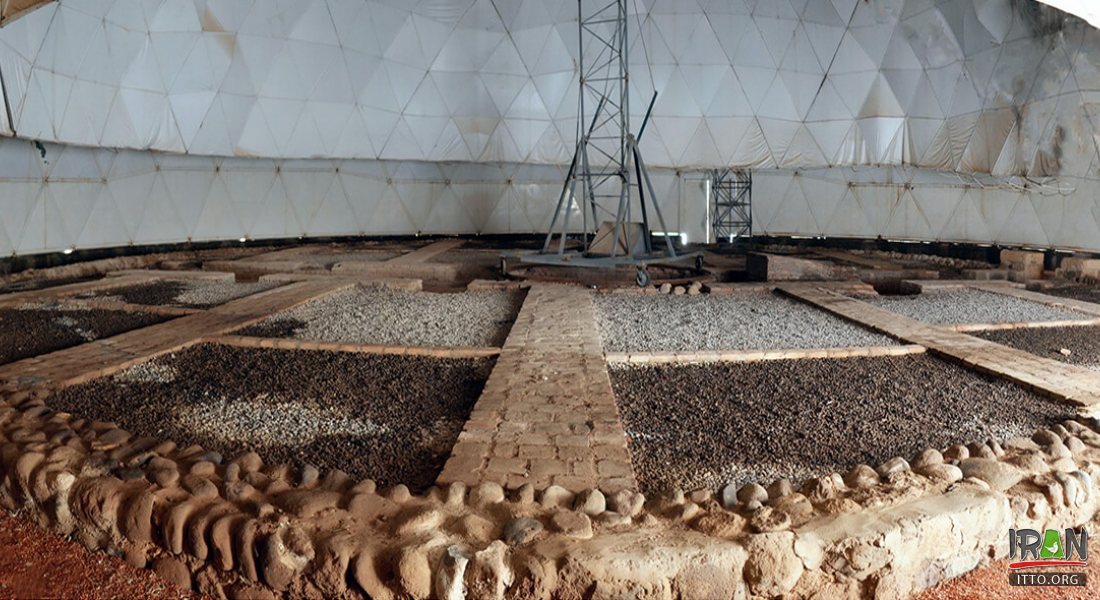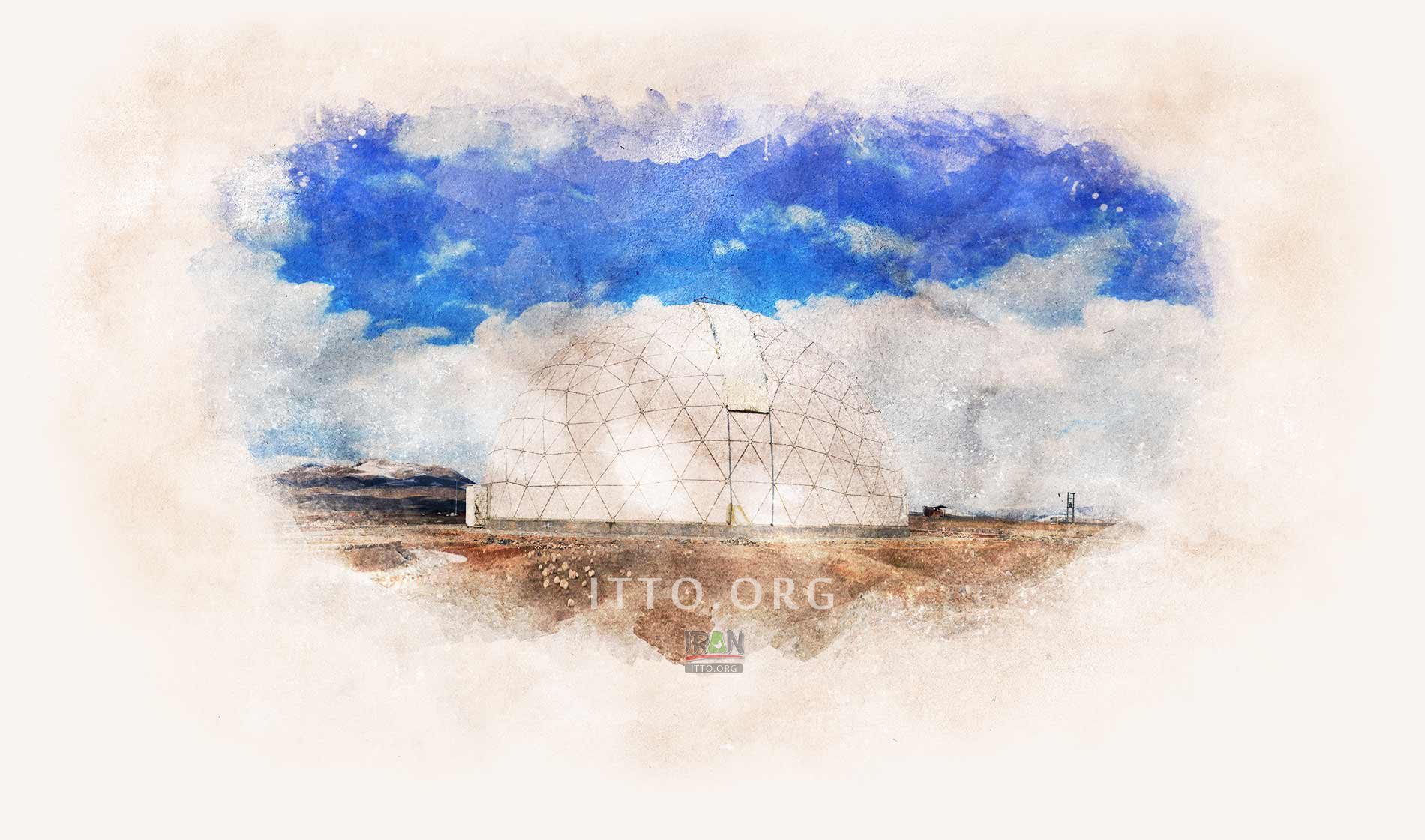Maragheh Observatory was one of the largest and most famous Islamic observatory in the world with great observational instruments of high precision, related to the period before the telescope was invented. The building was founded by Khawaja Nasir-e-Din Tusi order, the philosopher, mathematician and the great astronomer of the Illkhani and the command of Holaku khan on a hill in West Maragheh.
The materials used in tower are contained stones, rubble stone, carved stone for external and internal facade, large carved stones for entrance, brick towers in three different sizes, mortar and stucco, large glazed tiles in three different designs and types, carved and decorative stones and decorative brick.
HistoryThe construction of the Maragha Observatory commenced in 1259 under the patronage of Genghis Khan’s grandson Hulagu. Its director was Nasīr al-Din Tusi (1201-1274), an eminent Persian mathematician, astronomer and philosopher whose reputation spread as far as China and whom Hūlāgū had appointed as one of his advisors. The observatory was in fact a scientific institute, with a main building for the observational equipment, some auxiliary buildings, and accommodation quarters. In the observatory, there was a library which is said to have contained about 400,000 volumes. A team of astronomers, most of whom were invited from different parts of the Islamic world, were responsible for the design and construction of the astronomical instruments, as well as for conducting observations and performing calculations.

Maragheh observatory was an astronomical observatory established in 1259 CE under the patronage of the Ilkhanid Hulagu and the directorship of Nasir al-Din al-Tusi, a Persian scientist and astronomer. Located in the heights west of Maragheh, which is today situated in the East Azerbaijan Province, it was once considered the most advanced scientific institution in the Eurasian world.
According to a text written by Mu’ayad al-Din al-Urdī (d. 1266), one of the chief astronomers and instrument designers of the observatory, its astronomical equipment included a mural quadrant with a radius of about 40m, a solstitial armilla, an azimuth ring, a parallactic ruler (triquetrum), and an armillary sphere with a radius of about 160cm.
After the death of Nasir al-Din Tusī in 1274, the Maragha observatory was supervised by his son and remained active until the end of the 13th century. However, following the death of Hulagu in 1265 and his son Abāqā in 1282, it lost its powerful patrons and had become inactive by the beginning of the 14th century. Despite this, we have reports that Ghāzān Khan, who reigned from 1295 to 1304, visited the Maragha Observatory several times, probably using it as a model for his own observatory in Tabriz (which has not survived).



